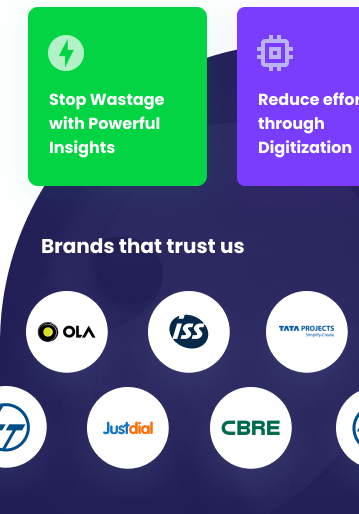Heating, ventilation, and air conditioning (HVAC) systems play a critical role in maintaining comfort and efficiency in commercial buildings. However, poor HVAC management can result in spiraling costs, decreased occupant satisfaction, and environmental harm. Optimizing HVAC systems isn’t just a best practice; it’s a financial and operational necessity. Leveraging advanced tools like Know Your Building®, the world’s first cloud-native wireless Building Management System (BMS), can transform how commercial buildings manage HVAC operations.
The Hidden Costs of Poor HVAC Management
- Increased Energy Bills
Inefficient HVAC systems are often the largest energy consumers in commercial buildings. Common inefficiencies, such as faulty thermostats, uncalibrated controls, and dirty filters, can drive up energy usage and result in skyrocketing utility bills. The U.S. Department of Energy estimates that HVAC systems account for approximately 40% of a building’s total energy consumption—a figure that rises with poor management. - Frequent Repairs and System Downtime
Neglecting routine maintenance leads to frequent breakdowns and higher repair costs. Components like compressors, fans, and coils wear out faster without regular inspections and cleaning. Moreover, unscheduled downtime disrupts building operations and inconveniences occupants. - Reduced Equipment Lifespan
Poor HVAC management shortens the lifespan of equipment. For example, clogged air filters force systems to work harder, leading to premature wear and tear. This necessitates early replacements, resulting in significant capital expenditures. - Occupant Discomfort
Inconsistent temperatures and poor air quality affect tenant satisfaction and productivity. Occupants in poorly managed environments are more likely to voice complaints or even terminate leases, impacting the bottom line. - Environmental Impact
Poorly managed HVAC systems contribute to greenhouse gas emissions and excessive energy waste. This undermines sustainability goals and exposes businesses to potential regulatory penalties.
Why HVAC Optimization Matters
Optimizing HVAC systems is essential to address these challenges and create a well-managed, energy-efficient environment. Here’s how optimization benefits your building:
- Energy Savings: Improved controls and equipment ensure energy is used efficiently, reducing utility bills.
- Enhanced Comfort: Consistent temperatures and clean air contribute to higher occupant satisfaction.
- Sustainability: Reduced energy waste lowers the building’s carbon footprint and aligns with green building standards.
- Cost Control: Proactive maintenance prevents costly repairs and extends equipment lifespan.
About Know Your Building\u00ae
Know Your Building\u00ae is the world’s first cloud-native wireless BMS designed to revolutionize HVAC management. By integrating IoT sensors, real-time analytics, and wireless technology, it enables building managers to:
- Monitor HVAC performance remotely.
- Detect inefficiencies and receive predictive maintenance alerts.
- Optimize energy usage through data-driven insights.
This innovative solution eliminates the need for extensive cabling, making it cost-effective and easy to implement across new and existing buildings. With Know Your Building\u00ae, facility managers gain unparalleled control over their HVAC systems, ensuring efficiency and sustainability.
Steps to Optimize Your HVAC System
- Conduct Regular Energy Audits: Identify inefficiencies and prioritize upgrades.
- Upgrade to Smart Technology: Implement solutions like Know Your Building\u00ae for real-time monitoring.
- Schedule Preventive Maintenance: Address minor issues before they escalate.
- Train Facility Staff: Equip teams with the knowledge to operate HVAC systems efficiently.
- Adopt Sustainability Practices: Use renewable energy sources and follow green building guidelines.
Summary
The cost of poor HVAC management extends beyond finances—it affects comfort, sustainability, and the overall health of a building. By optimizing your HVAC systems with advanced tools like Know Your Building\u00ae, you can minimize these costs while maximizing operational efficiency. Embrace HVAC optimization today to build a smarter, more sustainable future for your commercial property.














